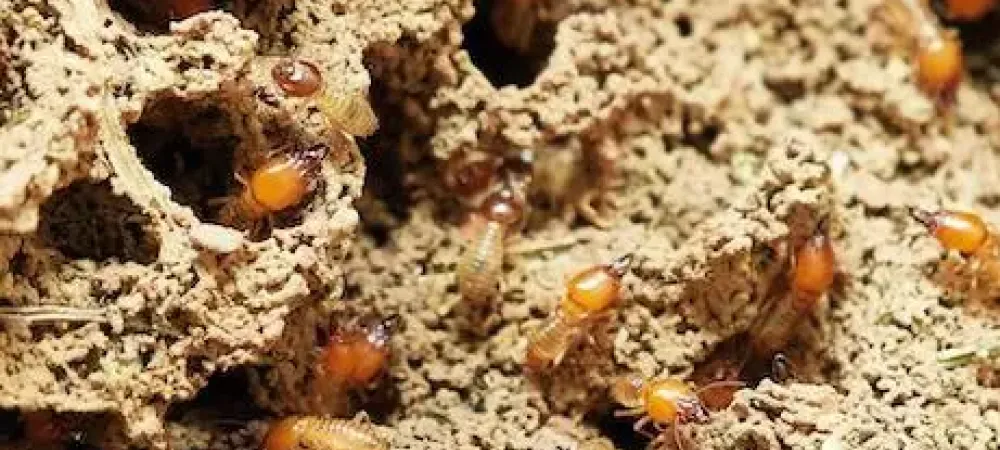What Are Termite Mud Tubes?

You may have seen them before, especially if you have had termites, they are little paths of what looks like dirt. These little tunnels are called Termite Shelter Tubes, and they are created by Subterranean Termites. Because these termites need a moist environment, they build tunnel tubes to protect them from weather and predators as they forage for food. These tubes are made out of saliva, mud, wood, drywall and feces.
When a homeowner or a pest control company encounters Termite Shelter Tubes, it is a big red flag that the property has termites. The tubes are generally found along the external walls of a home or crawl space and even along internal walls.
Types of Termite Shelter Tubes
These tubes are actually used for a variety of purposes that include the following:
- Working Tubes
- Exploratory Tubes
- Drop Tubes
- Flight Slits or Swarming Tubes
The Working Tubes connect the termite nest to a wooden structure. These tubes become an important termite highway because they lead from a food source to the nest. These tubes can be connected to concrete and stone foundations.
Exploratory Tubes originate from the soil but do not typically connect to a wood structure. They are temporary protection tubes for termite workers foraging for food. If the workers find a good food source, they will re-build or improve the exploratory tube as a permanent working tube.
Drop Tubes are the termite shelter tube additions. They are lighter in color than working tubes because they are actually constructed using more of the wood from the structure they are now living in rather than from the soil. These shelter tubes drop down from the structure wood to the soil.
Flights Slits or Swarming Tubes are a seasonal item built for a very specific purpose. They allow for the termites with wings to exit the old nest in search of a new nest location. These swarming tubes extend about four to eight inches above ground. It is important to check around your home especially near the slab.
Termites Destroying Trees
Joe Martin, Entomologist at Terminix, explains how termites can destroy trees from the inside. In this video, Joe Martin will show the devastating effects that Formosan Subterranean termites can have on a tree.
Don’t forget to check the trees around your home. Termites eat the middle of the tree which weakens the entire tree. Over time, the tree will weaken and can fall. During Hurricane Ida, Louisiana had a lot of fallen trees. Many of the trees fell because they were weakened because of Formosan Subterranean termites. These termites are the silent enemy in our trees. You will see in this video a carton nest of Formosan Subterranean termites. This nest can harbor millions of termites in the tree and underneath the tree. These termites can forge up to a hundred yards from the tree. It is very important to check your trees for mud tunnels. Terminix can treat your trees and can help to save the tree.
